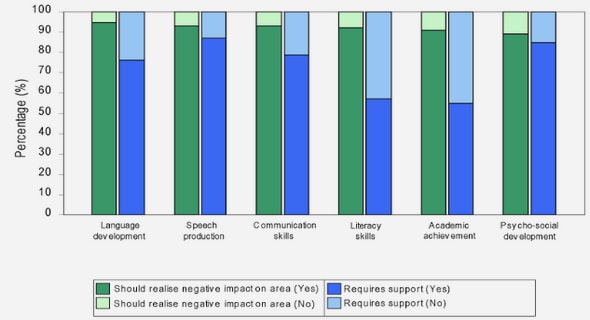(Downloads - 0)
For more info about our services contact : help@bestpfe.com
Table of contents
Introduction
1. Literature review
1.1. Water recycling or reuse
1.2. Risk assessment in water reuse
1.3. Reverse osmosis
1.3.1. Principal failures in RO process
1.3.1.1. Process failures
1.3.1.2. Membrane impairments and failures
1.3.2. Monitoring RO membrane integrity
1.3.2.1. Direct monitoring
1.3.2.2. Indirect monitoring
1.4. Rejection of virus by membrane filtration process
1.4.1. Virus
1.4.2. Mechanisms of virus rejection by membrane
1.5. Application of virus surrogates and indicators for membrane integrity testing
1.5.1. Surrogates & indicators used to study virus LRV during filtration
1.5.2. Effect of failure modes on testing RO Membrane integrity
1.6. Conclusion and thesis objectives
2. Materials & methods
2.1. Virus surrogate and membrane integrity indicators
2.2 Lab-scale experimental apparatus
2.2.1. Stainless-steel flat-sheet cross-flow set-up (SS flat-sheet set-up)
2.2.2. Plastic flat-sheet cross-flow set-up (plastic flat-sheet set-up)
2.2.3. Spiral-wound module set-up (2.5” module set-up)
2.2.4. Membrane characteristics
2.2.5. Membrane impairment protocols
2.2.5.1. Organic fouling
2.2.5.2. Scaling
2.2.5.3. Ageing
2.3. Analytical methods
2.3.1. Analysis of virus surrogate and membrane integrity indicators
2.3.1.1. MS2 quantification
2.3.1.2. R-WT quantification
2.3.1.3. DOM analysis
2.3.1.4. Sulphate quantification
2.3.1.5. Electrical conductivity
2.3.2. Other chemical analysis
2.3.3. Membrane autopsies
2.3.3.1. Atomic force microscopy (AFM)
2.3.3.2. Scanning electron microscopy-energy dispersive spectroscopy (SEM-EDS)70
2.3.3.3. Attenuated total reflection-Fourier transform infrared (ATR-FTIR)
2.4. Statistical data analysis
3. Monitoring RO performance: Conductivity versus EEM
3.1. Reverse osmosis plant description, sampling protocols and general water quality
3.2. Determination of membrane defects through measurement of salt and organics rejection by conductivity and fluorescence profiling
3.3. Understanding the blue-shift of the fluorescence of humic substances from feed to permeate
3.4. Conclusions and implications for practice
4. Effect of membrane impairments: Organic fouling & Scaling
4.1. Organic fouling
4.1.1. Membrane characteristics
4.1.2. Membrane autopsy
4.1.3. Rejection of virus surrogate and membrane integrity indicators
4.2. Scaling
4.2.1. Membrane characteristics
4.2.2. Membrane autopsy
4.2.3. Rejection of virus surrogate and membrane integrity indicators
4.3. Conclusions
5. Effect of membrane impairments: Ageing
5.1. Membrane characteristics
5.2. Membrane autopsy
5.3. Rejection of virus surrogate and membrane integrity indicators
5.4. Conclusions
6. Statistical comparison of experimental set-ups & membrane impairments
6.1. Correlation between the rejection of the different membrane integrity indicators
6.2. Effect of membrane impairment and set-up
6.3. Comparison of the different lab-scale set-ups with the full-scale plant
6.4. Conclusions
7. Conclusions & recommendations for future research
7.1. Conclusions
7.2. Recommendations for future research
References



